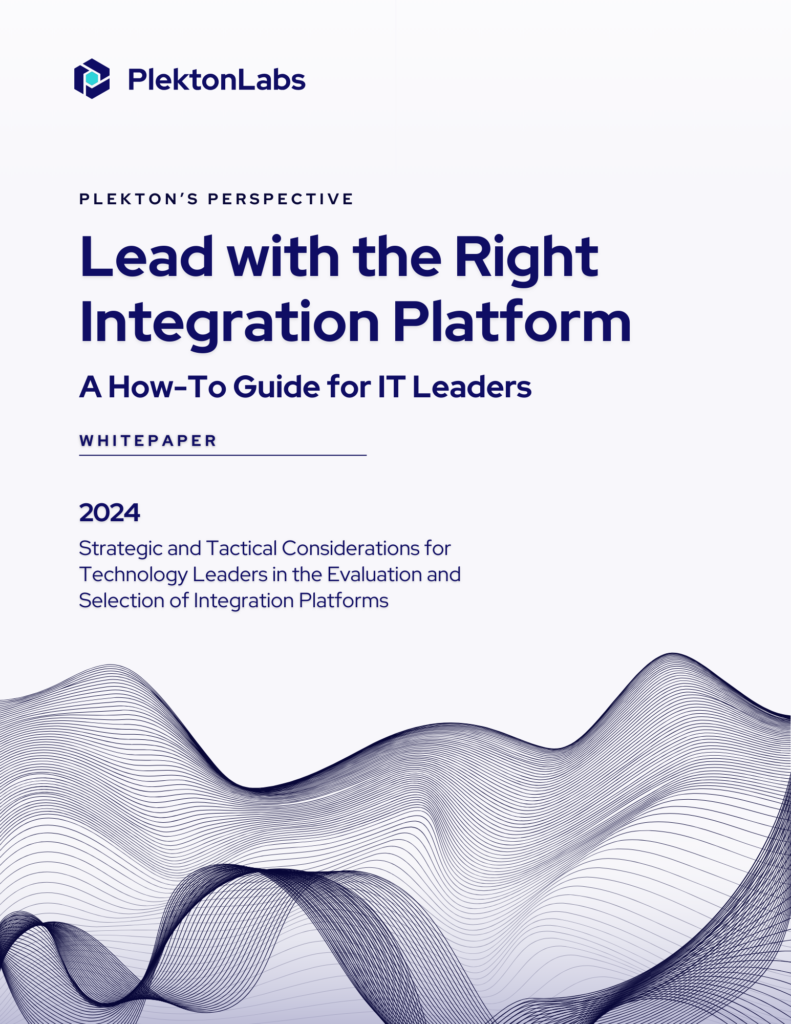Growing digital ecosystems are reshaping how businesses operate. This is a result of present-day companies building their models on the foundation of API-led connectivity. APIs are a significant factor when it comes to connecting a business’s core competencies to new channels that better engage with customers. However, while businesses are adapting APIs, only 12% have a clearly planned leadership-mandated API strategy. Without proper planning and a solid API business model, companies will end up demoting APIs to just a tool that can simplify project implementations.
But countless businesses get the full use out of their APIs. They use them to forge new partnerships, monetize assets, and create new innovation avenues. To get the most out of your APIs, you need to establish a proper API strategy and management, monetize the right way, and select the right API business model for your organization.
If you are new to API ecosystems and their workings, this article will show you 5 API business models you can adapt, as well as the factors you need to consider when crafting your API business strategy.
Common Types of API Business Models
When deciding on an API business model, you need to choose the strategy that corresponds to the kind of API you are focusing on, and what role the API in question plays within your business. At the same time, you have to consider things like monetization, management, and the methodology used to implement these business models.
API as a Product
The idea behind this model is pretty straightforward: your API is a product and you can charge users for utilizing this product. You can charge users per use, or create some kind of subscription for unlimited monthly or even yearly use.
A few risks are attached to this model, as it can be difficult to introduce new customers to a product they haven’t heard of before. A good way to overcome this is to have some kind of free trial use that can entice potential consumers.
API as a Marketing Tool
You can also use your API to advertise other products and services. In this case, the API is the gateway to the whole ecosystem that your company has to offer. In this case, the API doesn’t bring in any revenue directly but offers secondary monetization, and generates business for other products.
The API will bring in new customers, or keep older ones to keep coming back to your company. In other words, the API is an advertisement for your business and will let customers know the services they can get from your company.
Business Function APIs
An API that works as a business function won’t bring in any money directly either. Instead, it acts as a supportive secondary offering for the business that enhances core functions and processes. Monetizing this kind of API can be tricky, so instead of direct monetization you can offer it for free, and gain the benefits it brings to your business in the long run.
Once again, the API is the gateway to another product or service that customers pay for. It really isn’t a free API at the end of the day, as it pays for itself by helping run business processes much more smoothly.
API Partnerships
Providing data isn’t the only way an API can generate value for your business. An API can bring in revenue through the data it handles when partnered with another business or organization. Simply put, your API will work as a business function for the partner in question.
The easiest way to do this is to directly license your API to a third party and monetize it this way. Next, you can use integration and use your API to derive value from another product and service. Either way, your business will be able to generate revenue from these approaches.
API Interaction Metering
This is quite similar to using APIs as a product. It involves measuring the usage or interaction between a customer and the API and charging a cost for each of these interactions. Using interaction metering is a great way for new and small businesses to derive value and generate revenue directly from APIs.
Choosing the Right API Business Model
There are at least 20 different API business models (including the ones we just talked about) that come to mind, so there are a lot of things that need consideration. These factors will allow you to find the right business model and gain the most value from your APIs.
Regardless of the model you choose, these factors will help fine-tune the API business strategy to fit the needs of your organization perfectly.
Identify Your Target Audience
API ecosystems are planned with the intention of maximum value creation for all stakeholders involved. Before choosing the right API business model you need to identify the three main players of the API value chain: the API provider or stakeholder creating an API product to create a digital asset, the API consumer; an internal/external stakeholder using the API to create new experiences for the end customer, and the end customer benefiting from utilizing the API in the provided experience.
Determine the Benefits You Want
At this stage, you have to analyze why you need the API in question. This is done by identifying the envisioned purpose and probable benefits from using or building the API. What advantage will the API and potential business models bring to your enterprise?
Choose the Appropriate Business Model
Once your audience is identified, the purpose and benefits of your API are made clear, you can use that information and select the right business model.
Before trying to monetize an API, as the provider, you have to identify the consumer’s willingness to pay for the asset, as well as both the direct and indirect benefits to the business. Then you can choose from the API business models mentioned above, or from the many other models that will suit your API, your business, and generate the kind of monetization that you are looking for. A bit of research will show you just how many other models are available for you to choose from.
Conclusion
An API business model is simply a set of logically laid out assumptions about how your business will create value. API business models are best used to measure the value in potential savings or earnings in API products and guide your future investments. They serve as a map in terms of calculating the value derived from your business and are a great way to create new options for revenue and monetize existing assets.





